Are you tired of being locked into subscription models and losing control over your valuable data? I was, too. That’s why I decided to build my own productivity ecosystem using self-hosted applications. It might sound tiring, but the rewards in terms of flexibility, security, and even cost savings have been immense. Let me walk you through seven self-hosted apps that transformed the way I manage tasks, information, and ultimately, get things done.
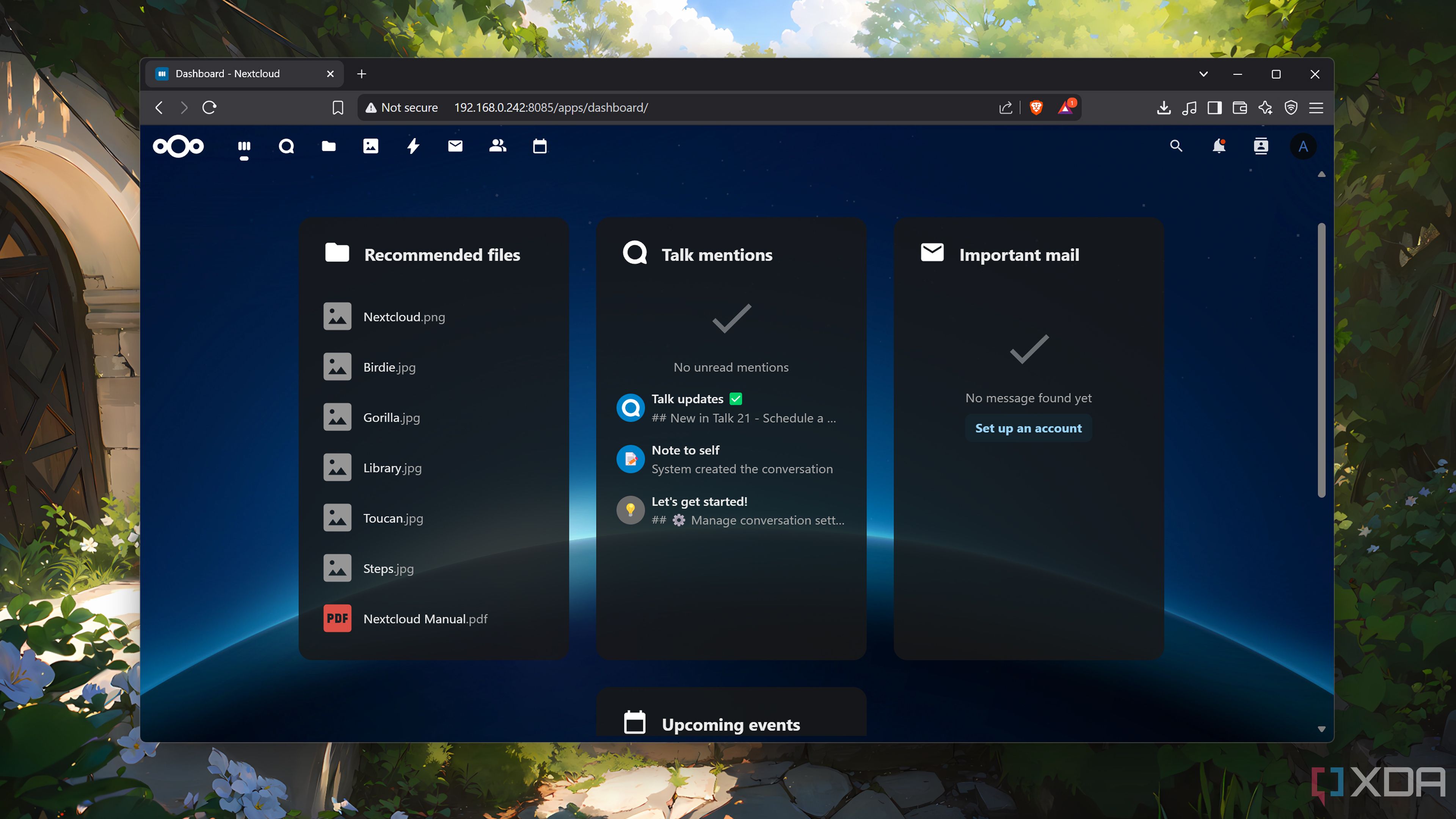
Related
10 quality-of-life services I self-host on my home lab
Make your life easier by deploying these useful apps on your home server
7 Home Assistant
Automate your smart home like a pro
Home Assistant is a no-brainer for any self-hosting setup. You can think of it as the central brain that can connect and manage various devices and services, regardless of their brand or communication protocol. I can create powerful automations, control lights, thermostats, security systems, media players, and much more, all from a single, unified interface. For instance, I have set up an automation where my lights gradually turn on in the morning as the sun rises (using weather data).
I can also create custom dashboards as per my specific needs, view energy consumption in real-time, and even receive notifications for things like open doors. Plus, knowing my data stays within my own network gives me peace of mind.
6 Syncthing
Sync data between devices
Syncthing is an open-source P2P file synchronization program. Unlike usual tools like Dropbox and OneDrive, Syncthing allows you to synchronize files between two or more computers in real-time without relying on any third-party servers.
I can make a change to a document on my laptop, and it automatically and seamlessly updates on my desktop and even my phone without me having to manually transfer anything or worry about storage limits. Setting it up was surprisingly straightforward, and the ability to selectively sync folders and ignore specific files has been quite useful for keeping things organized.
If Syncthing isn’t your cup of tea, try Nextcloud. It’s an all-in-one cloud storage solution that rivals Microsoft 365 and Google Workspace suite of apps.
5 Docmost
A robust Notion clone
Your productive self-hosting setup is simply incomplete without a knowledge management tool. After trying out several solutions, I finally settled on Docmost. Here’s why.
First of all, Docmost feels and looks similar to Notion – a tool I was already familiar with. I can create new workspaces, add pages, and use the block editor to fly through documents. It also boasts features like diagram support (Draw.io, Excalidraw, Mermaid) to brainstorm ideas, real-time collaboration, and a robust editor to format pages like a pro.
4 Bitwarden
Secure your login details
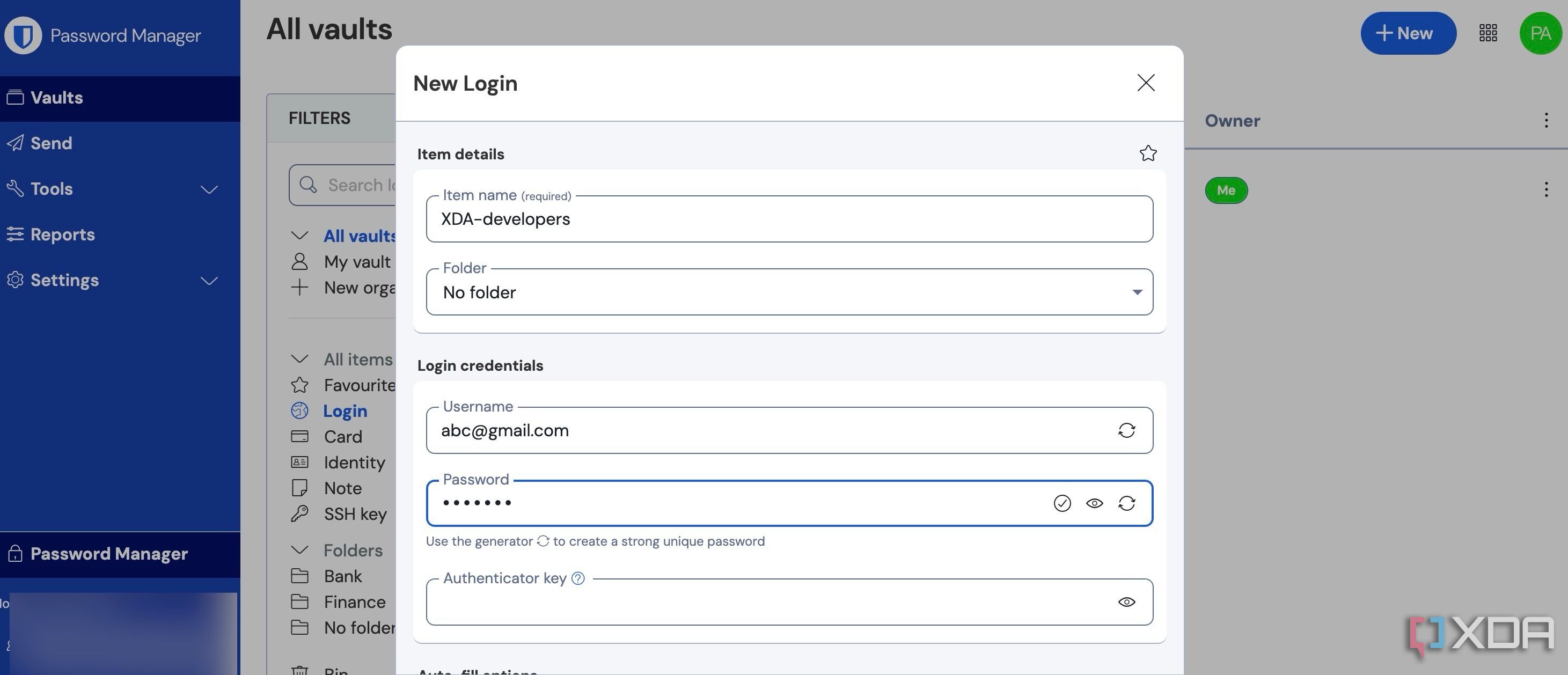
Speaking of the top self-hosting tools for productivity, how can I leave Bitwarden out of the list? Before Bitwarden, I was guilty of reusing passwords and struggling to remember them all, which was both insecure and time-consuming. It is a familiar name in the password management space, and I can’t recommend it enough. I can save unlimited login entries, generate and store strong, unique passwords for every online account, add secure notes, credit card details, and much more and keep everything safe and secure under my own infrastructure.
3 Firefly III
Keep track of every penny

Firefly III is a free and open-source personal finance manager that you can self-host. For years, I've been searching for a personal finance solution that truly puts me in the driver's seat without compromising on features, and after several experiments, I settled on Firefly III.
First of all, the fact that my financial data doesn’t remain on a third-party server gives me peace of mind. Aside from manual expense and income entries, Firefly III also supports rules to enable automation in my budget book. The reports are also incredibly useful for spotting trends and understanding my overall financial situation at a glance.
2 Penpot
Figma, who?
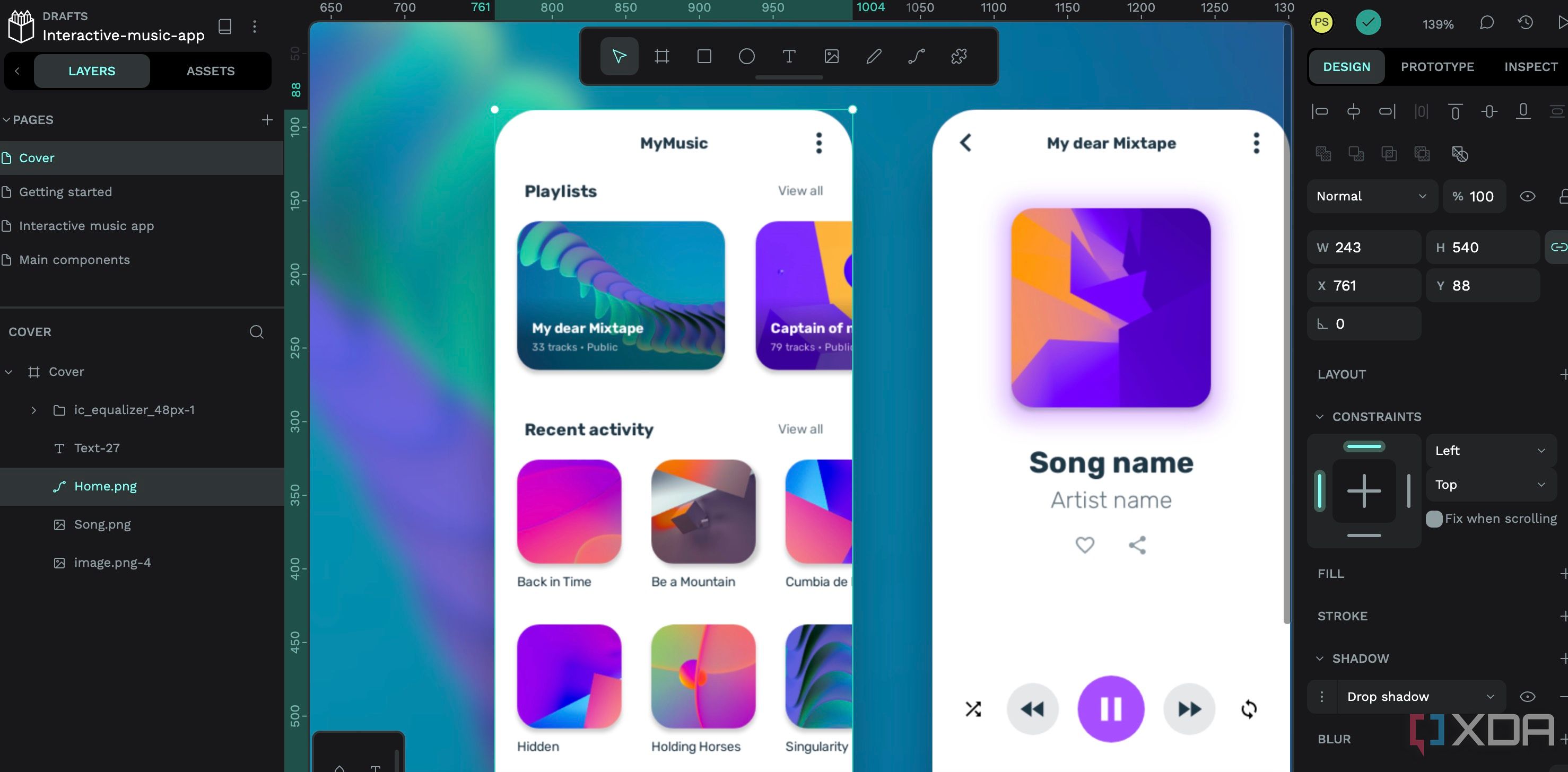
Penpot has completed my design workflow. It is a free and open-source design and prototyping platform aimed at collaboration and ease of use. I've been impressed by Penpot's potential for any creative projects I might undertake.
The vector editing tools look powerful, and the prototyping features seem intuitive enough for someone like me, who isn't a professional designer. Penpost has a robust templates library to get started quickly. Furthermore, with features like CSS code generation, Penpot is ideal for developers as well.
1 Stirling PDF
Unlock a host of PDF editing tools at your fingertips
Stirling PDF has become a crucial tool in my self-hosted productivity kit. In the past, I have dealt with various online converters and worried about the security of uploading confidential files. Now with Stirling PDF running on my own server, I can simply add a PDF and perform various editing tasks without breaking a sweat.
I can quickly merge invoices, split large reports, compress documents for easier sharing, or even convert scanned notes into searchable text, all within a secure environment under my control. The list of features includes merging and splitting PDFs, converting them to different formats, compressing files to reduce their size, adding or removing passwords, rotating pages, adding watermarks, editing metadata and more. And each of this feature offer a bunch of customization options to get the desired results. Here’s why I use it over the likes of Adobe PDF and Foxit PDF.
Unlock peak productivity
Overall, these self-hosted apps have solved my productivity pain points. Of course, the initial setup requires more effort than signing up for usual services, but you can’t deny the long-term benefits in terms of customization, privacy, and flexibility. Now, self-hosting may seem scary at first glance. I use these four tools to self-host various apps and services without any development knowledge.
.png)

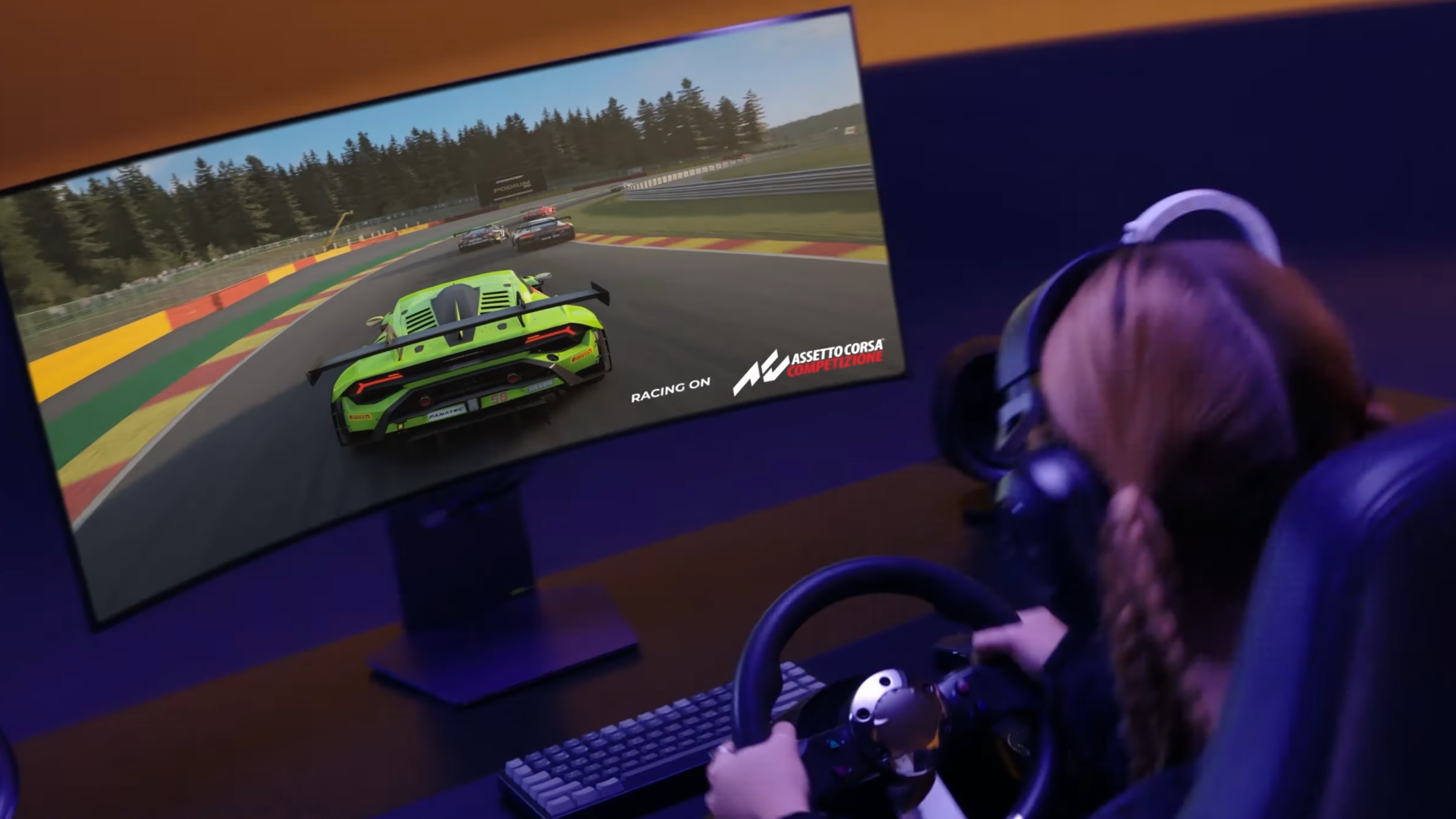
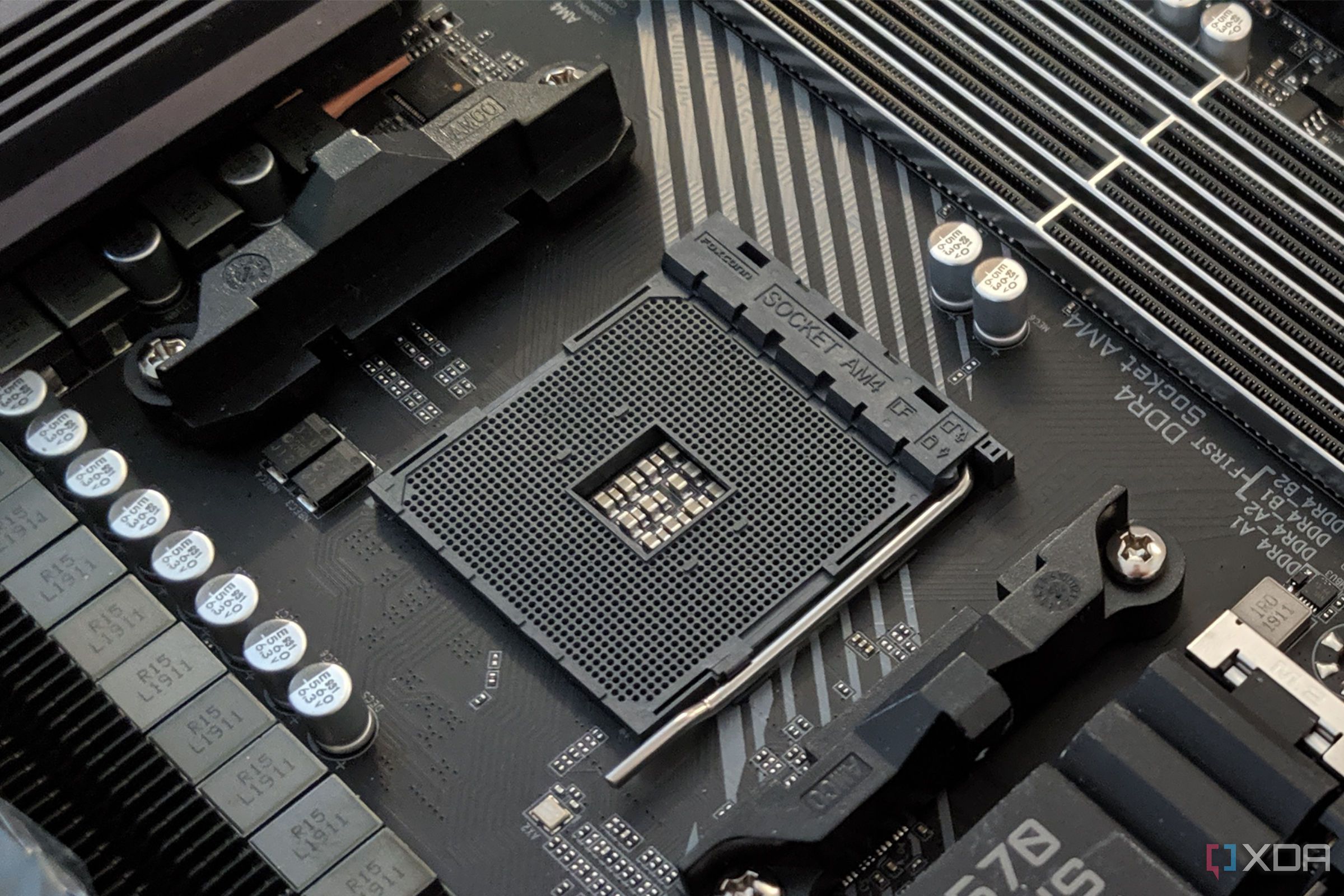








 English (US) ·
English (US) ·